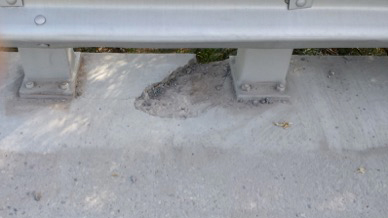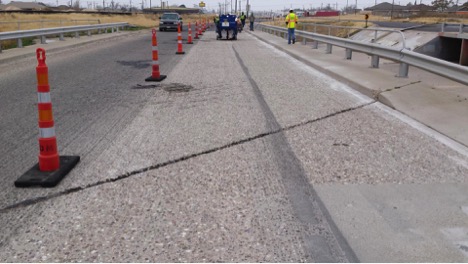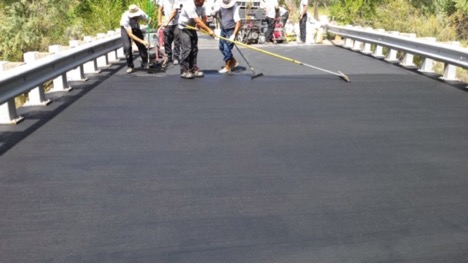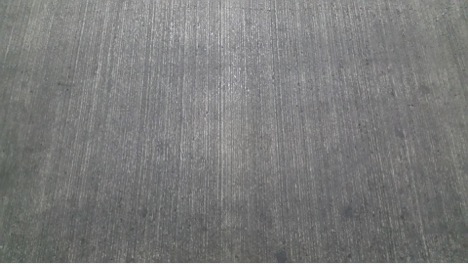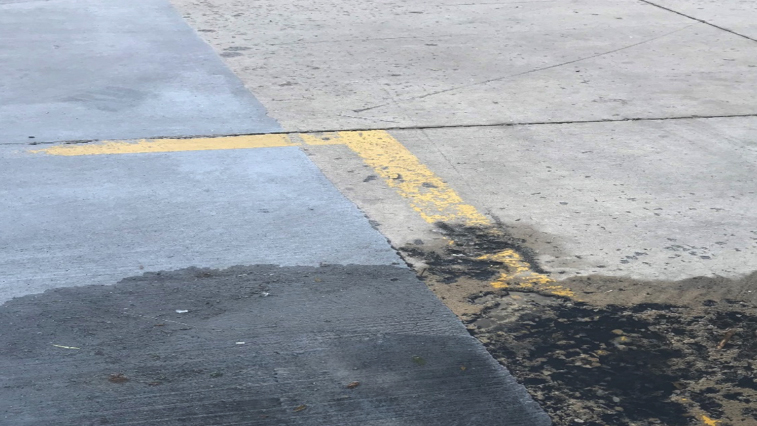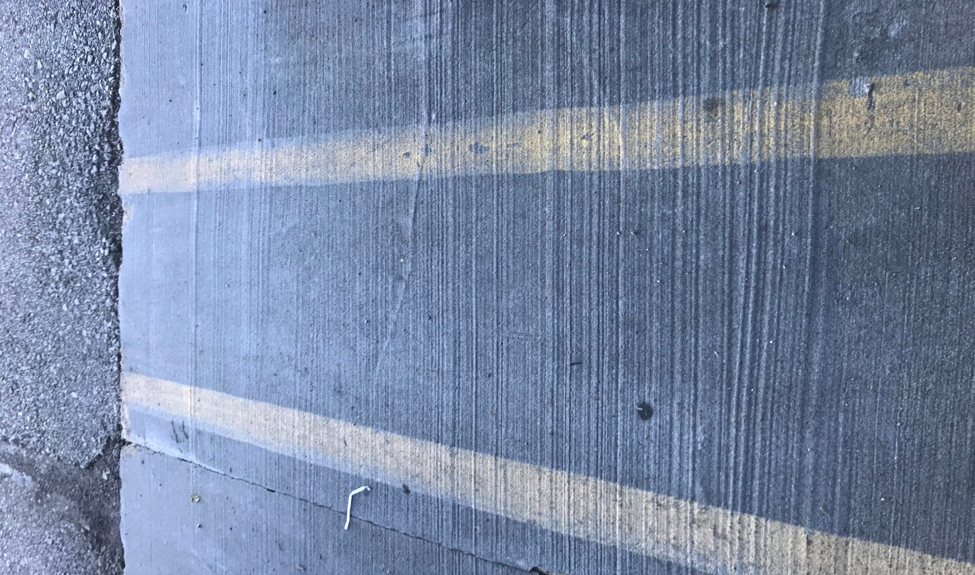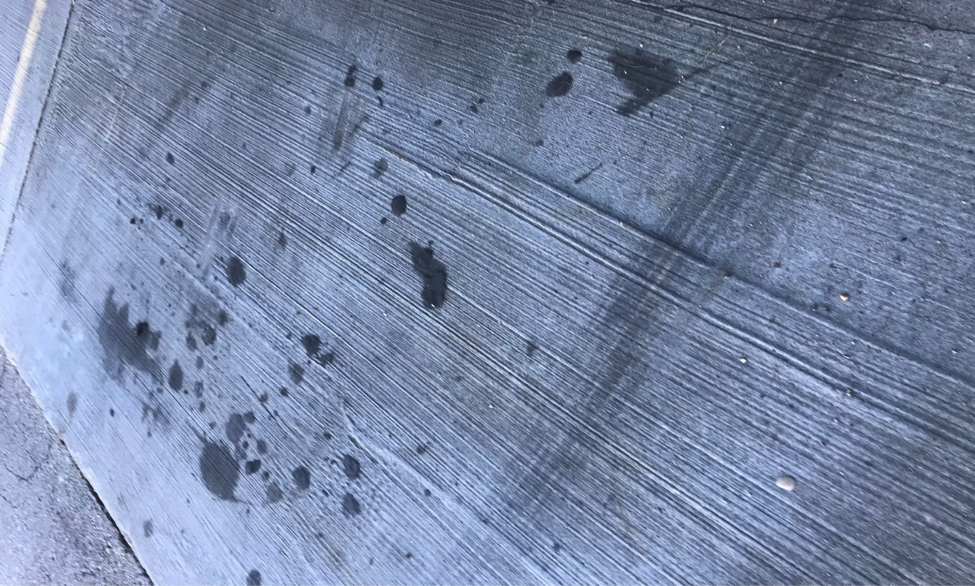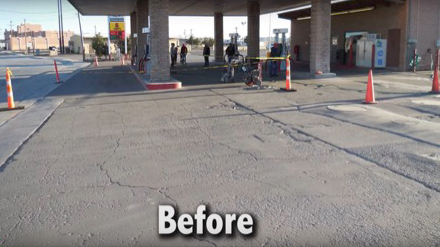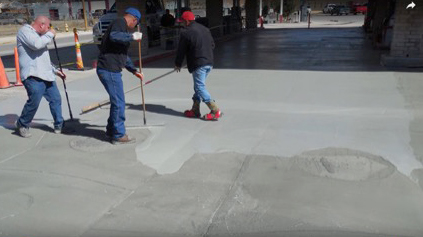Bridge Repair
Concrete Bridge Deck Repair – Midland, TX/Santa Fe, NM
THE CHALLENGE:
Years of using de-icing salts coupled with many freeze/thaw cycles had caused deterioration of the concrete.
- Deterioration occurred so badly that some of the reinforcing bars imbedded in the deck started to show on the surface of the deck.
- One solution was to provide a full depth repair of 3-4 inches of new concrete.
- This type of repair meant excessive demo of concrete and replacement of the oxidized rebar.
THE SOLUTION:
- Polymer cement overlay was an excellent alternate versus full depth repair.
- Demolition of the deck to replace the damaged concrete would close the bridge for several days if not weeks.
- Polymer concrete overlay was installed in one day and traffic was able to open 24 hours later.
- The bridge is now protected from further damage from weather and freezing at a fraction of the cost.
Midland and Santa Fe receive around 60-70 freeze thaw cycles per winter. This deck repairs were around 5000 sq.ft. each, and installed in 2013. Santa Fe requested the product be pigmented black to aid in snow melt.
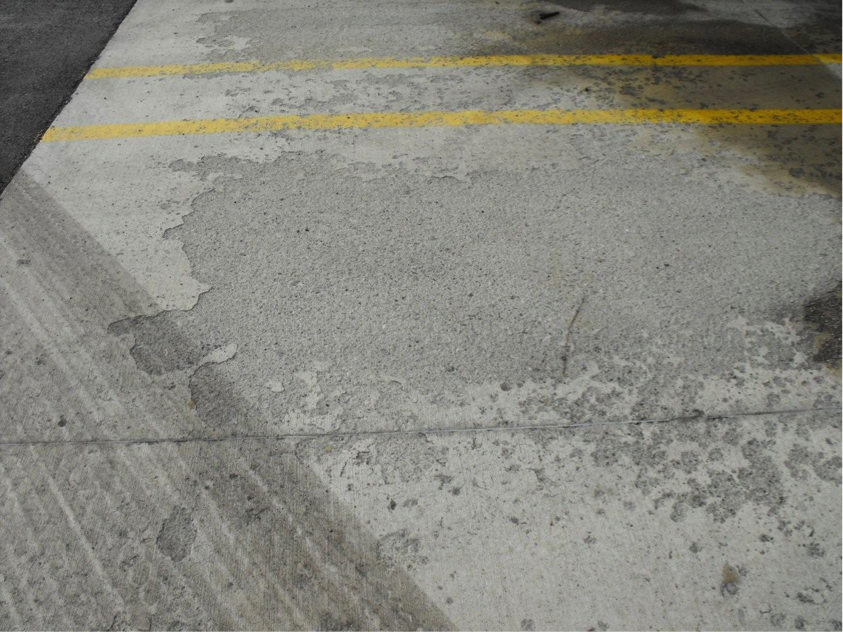
Before 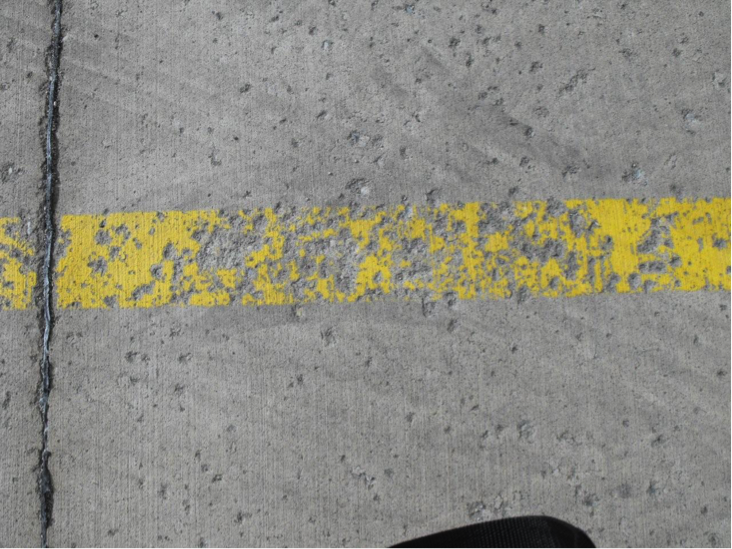
Before 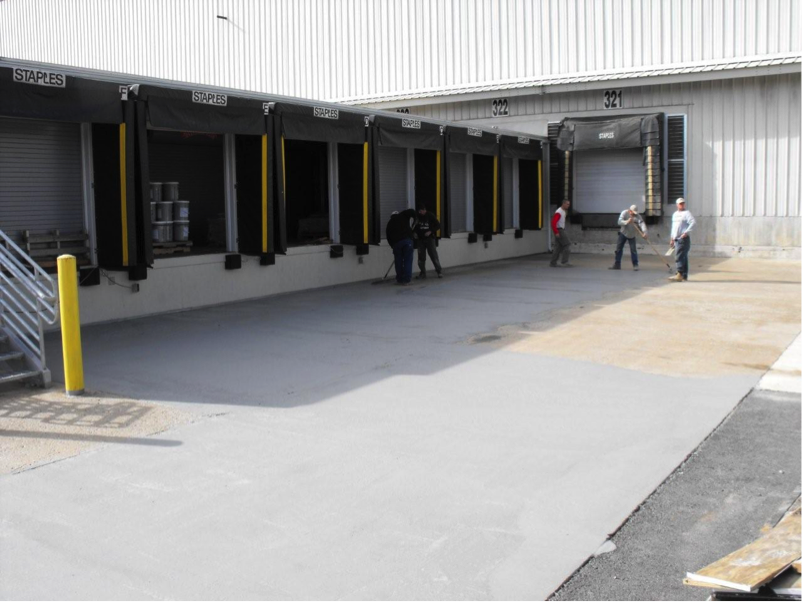
During 
During 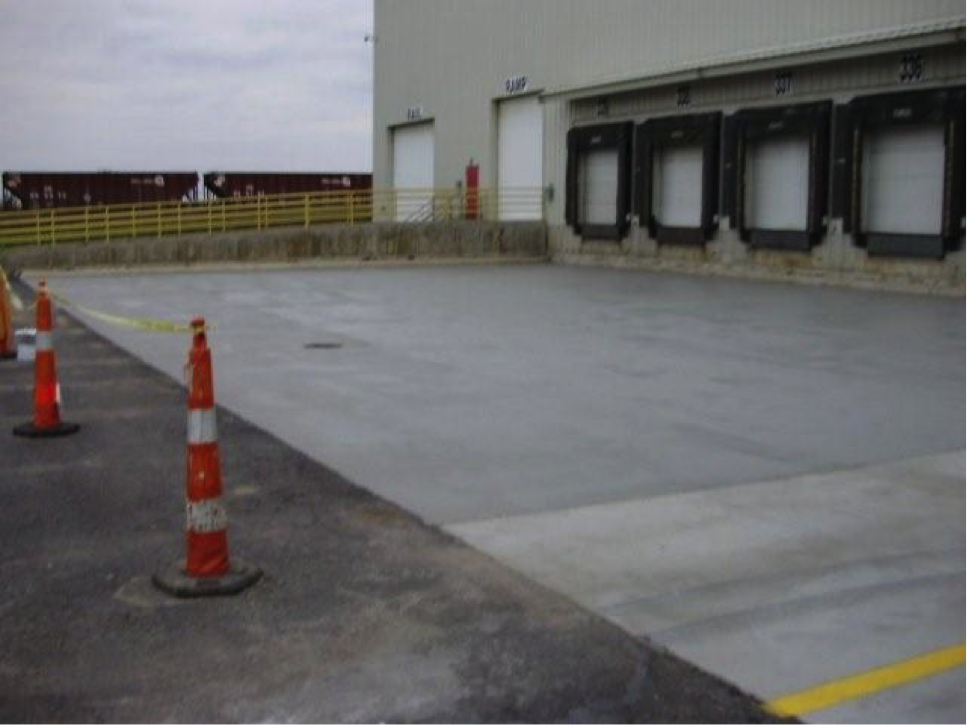
After
Freeze/Thaw Environment
Staples Distribution Warehouse – London, Ohio
THE CHALLENGE:
The concrete pad in front of the loading docks at a major distribution center was exhibiting signs of wear and spalling
- Two problems existed with the slab. The first is that the mix design of the concrete appeared to be weak, and there seemed to be a higher than specified water content.
- The second problem was spalling caused by freeze/thaw cycles coupled with de-icing salts.
- A higher water/cement content typically weakens the designed mix, especially at the top surface, causing premature wearing of the cement paste.
- Water freezing and thawing on the surface will expand and contract over many cycles, effectively separating the top layer of the concrete. This spalling can eventually lead to total destruction if not halted.
THE SOLUTION:
The concrete needed to be smoothed and leveled while simultaneously protected from water intrusion and salt damage.
- The concrete surface was prepared utilizing shotblastng to clean the surface, remove any loose damaged concrete and provide a profile to receive the repair material.
- A latex bonding primer was spray applied and allowed to dry.
- The polymer cement overlay was mixed and applied in lifts to fill in any low spots and finished with a concrete finishing broom to provide the proper friction for rubber tire traffic.
- Finally, a water based penetrating sealer was applied to provide further protection from salt and water intrusion.
Filling of low spots and voids in the surface was accomplished with approximately 4 coats of polymer cement. The surface is now sealed off from excess water intrusion and salt damage due to the dense, polymer enhanced cement. The water-based sealer is the final step to insure the new surface is protected for years to come.
This job consisted of approx. 15000 square feet and was completed in 2008. London, OH receives 60-80 freeze/thaw cycles per year.
Parking Lot
Gas/Convenience Store – Gallup, New Mexico
THE CHALLENGE:
Tremendous spalling had taken place in a small gas station parking area and needed repair without disruption to service.
- A complete tear out of the concrete and replacement was needed to restore the parking area.
- This repair would have caused the store to be closed for at least 2-3 weeks with lost revenue.
THE SOLUTION:
- Polymer concrete overlay was chosen to fill all of the low spots and bring the surface to a brand new look.
- The store never had to close during the restoration.
- Colder temperatures can slow down strength gain of cement, but this product was modified for a faster set and strength gain from addition of accelerators to the mix. This enabled work to progress throughout the day and completion was on time.
- Penetrating sealer was used to further enhance the protective layers, insuring that the water and salts used would not penetrate the new cover.
Gallup, New Mexico has an average of 200 freeze/thaw cycles per winter. This project of 20,000 sq.ft. was installed in 2012.

